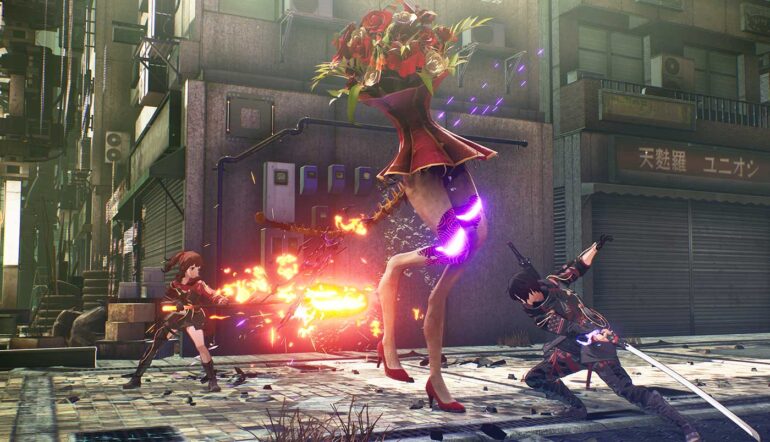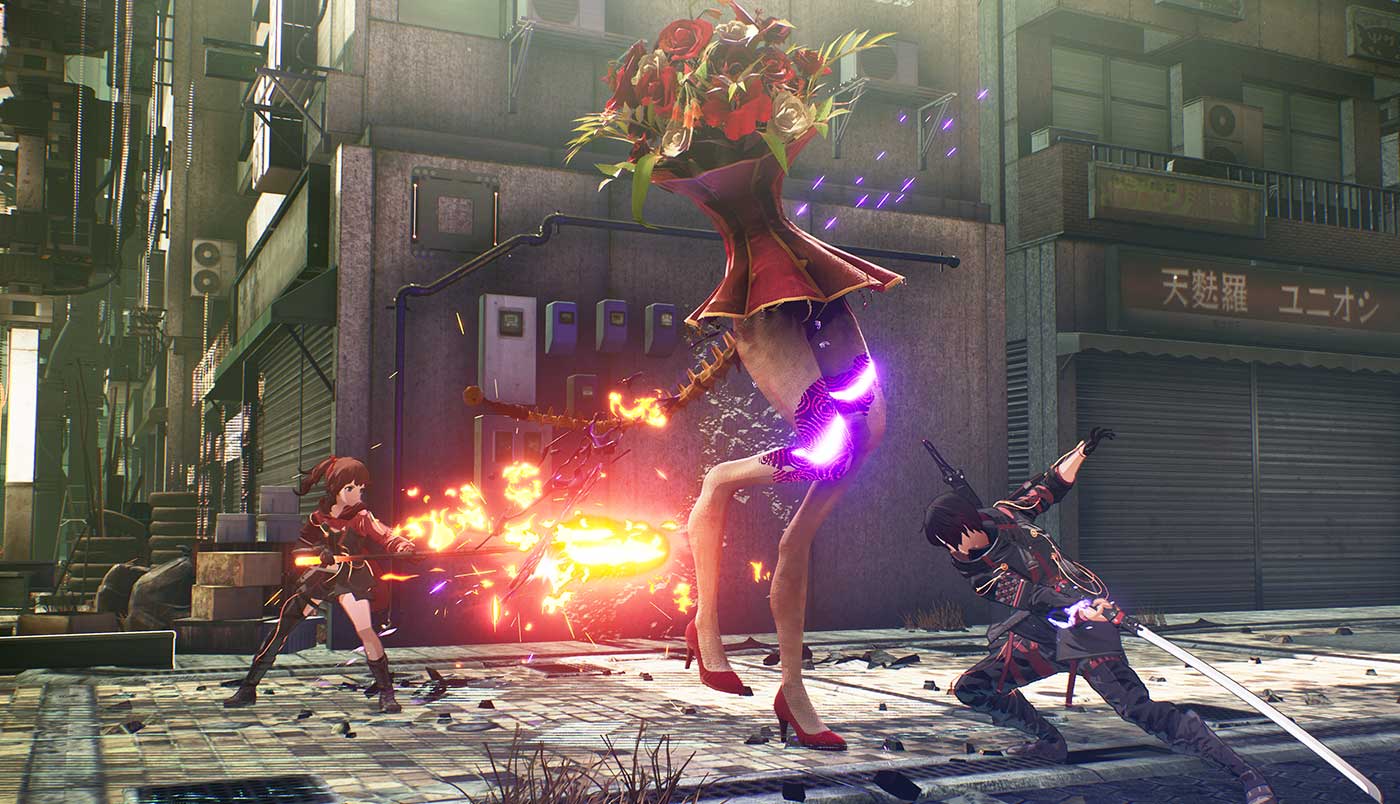BANDAI NAMCO Studios is a developer that’s tackled all sorts of games over the years, from collaborating with Nintendo on Super Smash Bros. Ultimate and New Pokemon Snap, to creating their own Souls-like anime game in the form of Code Vein. While Scarlet Nexus looks similar to most of the other new IP the studio has come up with, it’s a title that is unique from anything else they’ve created, reminding me of 2019’s Astral Chain more than anything else. It’s an experience that’s confused as to what its priorities are with a few glaring flaws, but I ultimately enjoyed the time I spent with it, even if it was a bit too long-winded at times.
Set in a near future alternate reality Tokyo, Scarlet Nexus is about a world where humans have developed psionic powers and technology based on the brain that changes the fundamentals of its society. Most importantly, is the existence of the Others, super-natural mutants that descend from an otherworldly barrier of deadly particles called The Extinction Belt. Humanity has created The Other Suppression Force (OSF) in response, a band of members with the aforementioned psionic powers who protect humanity from the endless onslaught of brain eating monsters.
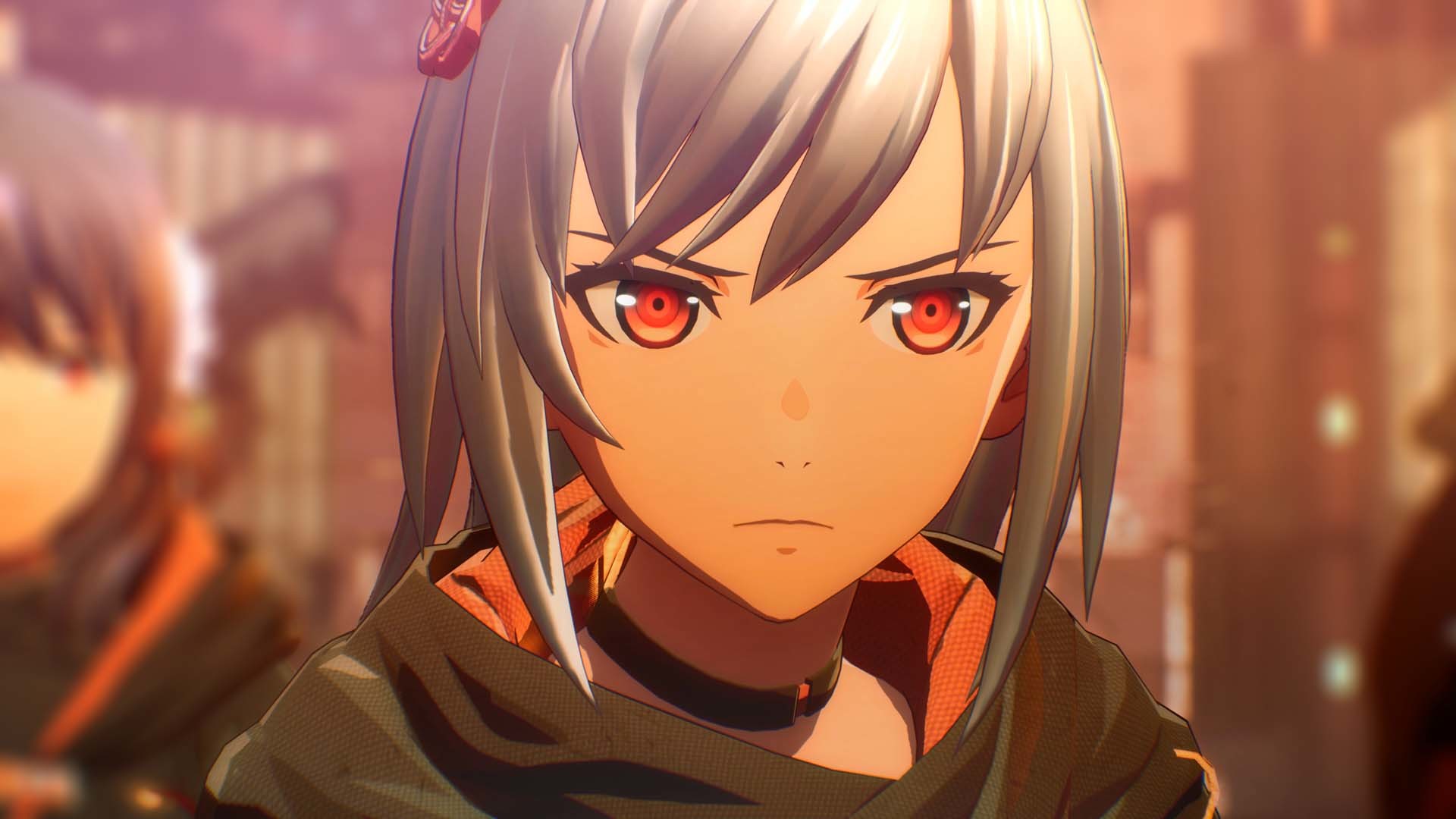
Scarlet Nexus is a story that follows two main characters, Yuito Sumeragi, and Kasane Randall, two fresh OSF recruits that specialize in Psychokinesis. Yuito is the more idealistic and energetic of the two, while Kasane is more emotionally disconnected to those she isn’t close to. At the start of the game, you’ll choose who you want to play as for that playthrough, experiencing the events of the narrative unfold from that character’s perspective. Both protagonists are likeable in their own ways, and go through satisfying character arcs throughout the story. While this seems like a surface level choice at first, you’ll quickly find that the differences between their perspectives are quite drastic in some ways and that there’s plenty of incentive to do a second playthrough if you’re willing to slog through the game’s final act again.
It takes around two hours for things to fully kick into gear, but once it does, Scarlet Nexus provides an engaging plot with plenty of likeable and diverse characters, even if they can come across as a bit tropey. It goes far deeper than you’d initially expect after the introduction, but I found myself enthralled in the way that it twisted and turned across both of my roughly 18-hour playthroughs. It occasionally suffers from pacing issues and may bombard players with an overabundance of information at times but there’s an in-game narrative summary that can easily clear up any potential confusion. There’s a catch, though, and it’s that the final act of the game is drawn-out, and a slog to get through. Just as you think its going to wrap up, it keeps on going, climaxing with a final dungeon that goes way longer than it has any right to. This is by far the game’s biggest problem, and its accentuated further by the simplicity of its core melee combat.
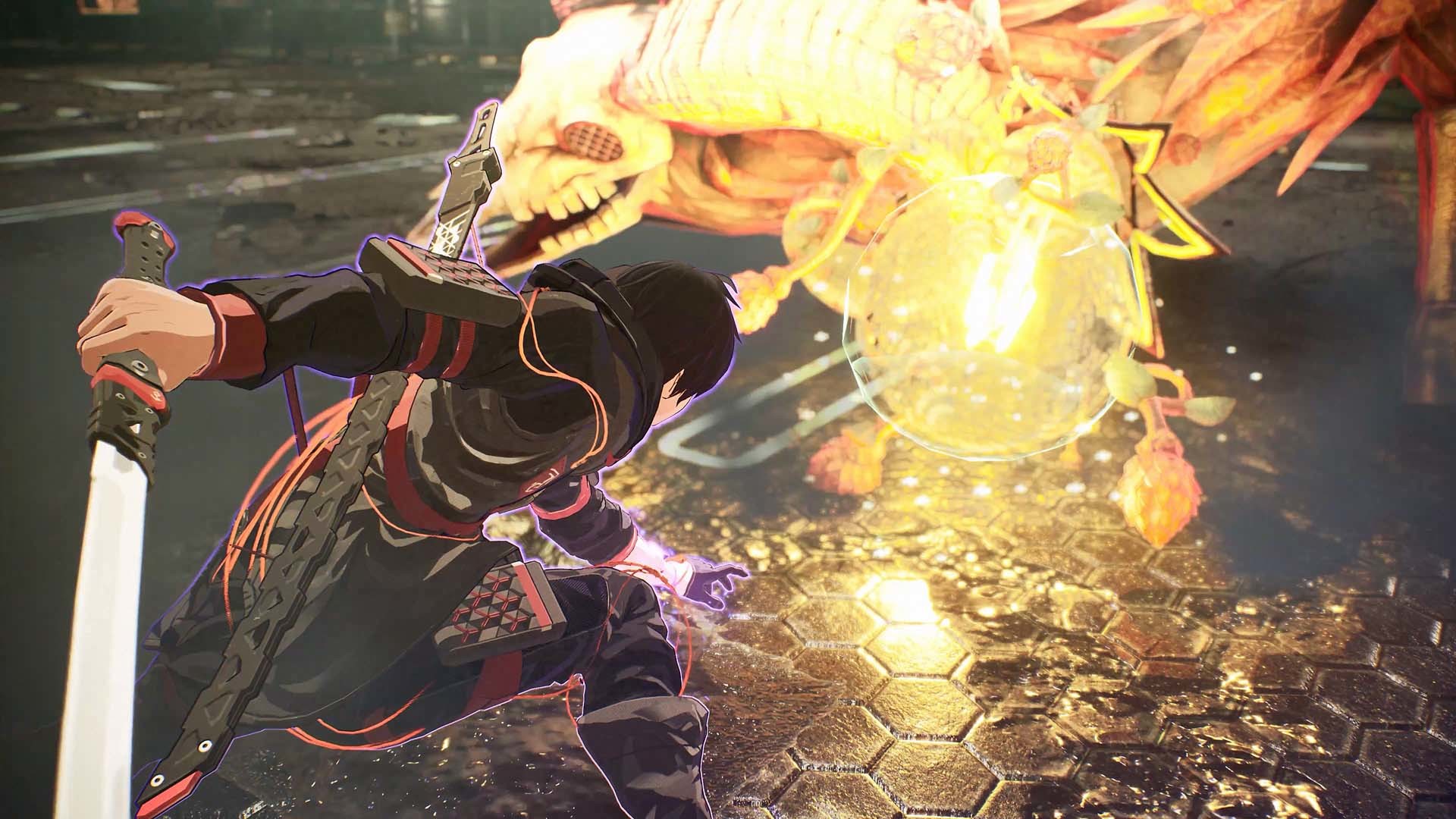
Scarlet Nexus is best described as an action game with limited RPG elements both in and out of combat. Both Yuito and Kasane have melee weapons with a three-hit combo, a launcher, and a heavy attack. You can further upgrade both characters in their respective skill-trees increasing the hit-count of their main combo, expanding on aerial options, and increasing synergy with psionic powers. The core hacking and slashing is fine for the most part, it feels satisfying, and looks stylish, but leaves a lot to be desired when all you’re really doing is hitting the same button over and over. It’s easy to fall into a repetitious rhythm of ground combo, launcher, air combo, finisher. It gets the job done, but the combat system would be made so much better by the inclusion of some more in-depth combos. To be fair, I don’t think this would have been as much of an issue if the game was a few hours shorter, but it really starts to wear thin by the end of a single playthrough’s runtime.
Where combat really comes into its own, is via the inclusion of the psionic powers that Yuito and Kasane have access to. While both characters specialize in Psychokinesis, the way in which you utilize these powers is different because of the ways their weapons behave. Yuito’s sword allows him to get up closer and personal, weaving in and out of harms way to throw an object at your enemy. Kasane’s knives are much more elegant, incentivizing you to play at an optimal distance where you can deal damage while staying just out of harm’s reach.
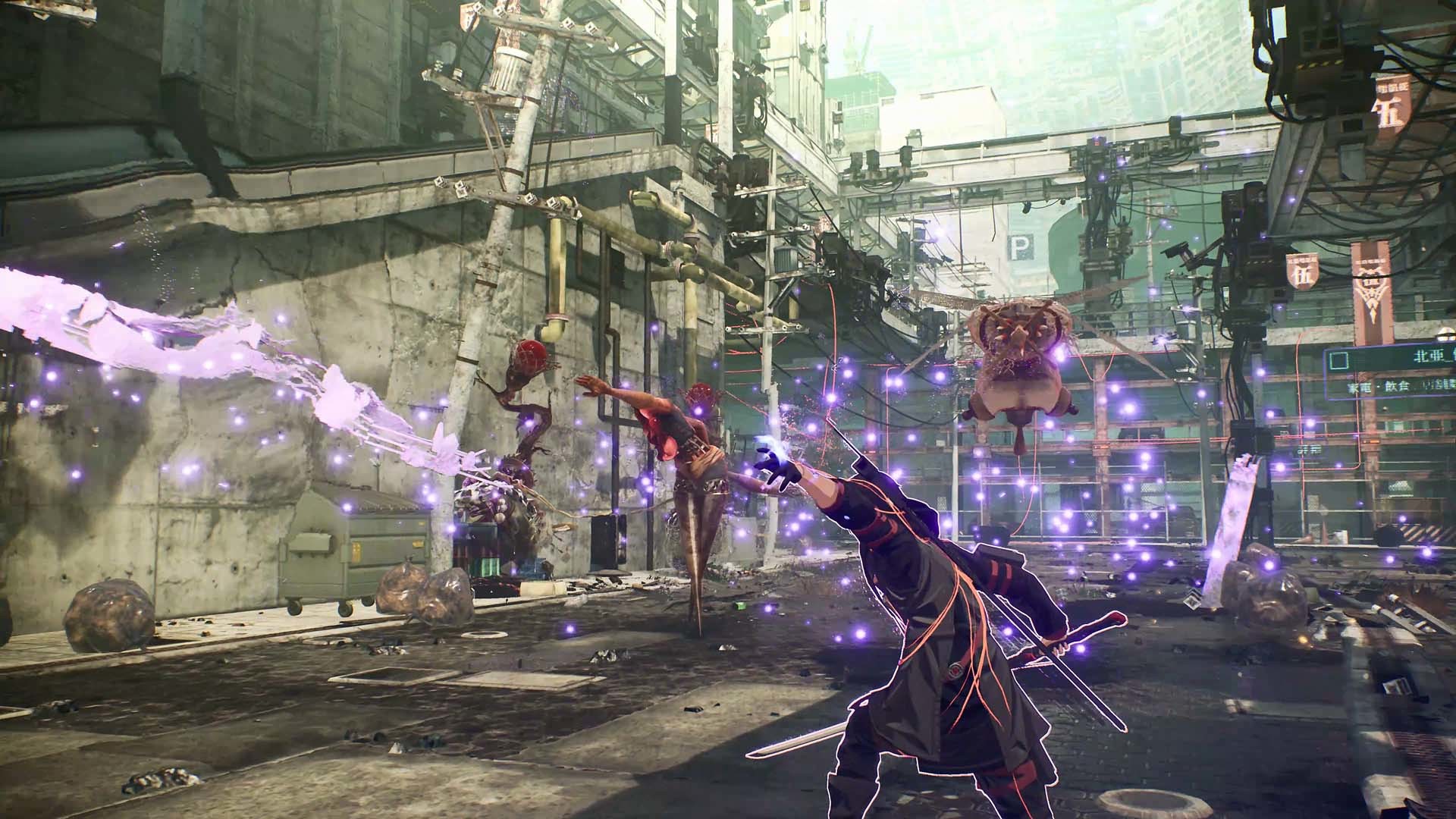
These powers can also be used on contextual objects for big damage after a short quick-time-event, none of which ever feel intrusive or out of place. All of this alongside the inclusion of a flashy execution mechanic called the Brain Crush makes for an incredible visual showcase that feels natural and fluid to chain together. One touch I really appreciated about Psychokinesis, was the use of the adaptive triggers on the DualSense. Every time you pull a trigger to throw an object, the resistance sets in, really selling the weight and impact of every object sent hurtling towards an enemy.
The best part of combat, though, is the SAS system, where you can tap into the psionic powers of your allies in combat. These powers range from something as simple as imbuing your melee attacks with fire and electricity, to as complex as the ability to duplicate all objects you throw via psychokinesis. Each of these SAS skills can be upgraded through Bond Episodes, which much like Persona, sees your skills improve as you strengthen your bonds with your party members. It’s a nice way to see how people are feeling about the narrative as it unfolds, while also tying it to gameplay.
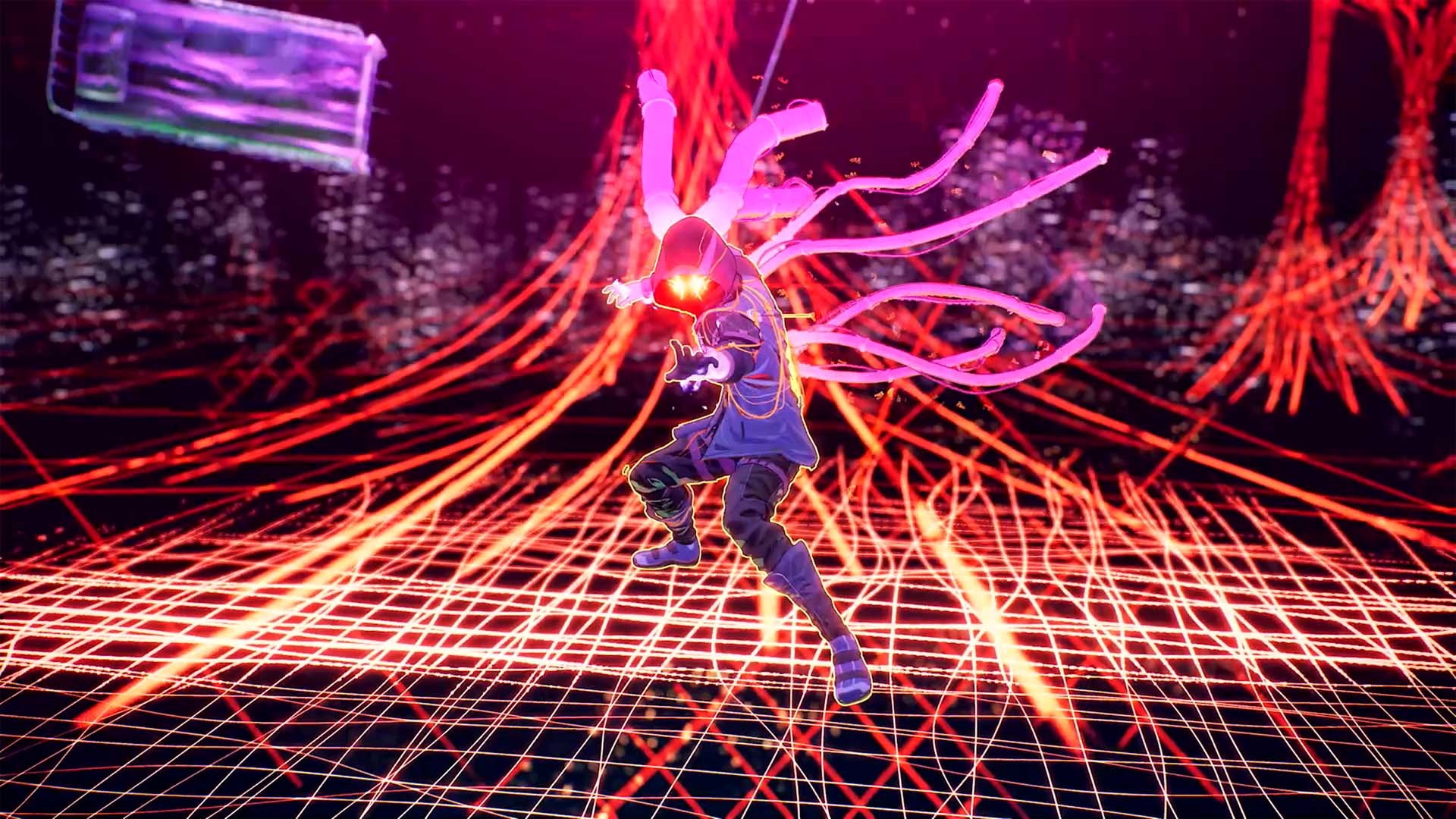
You also eventually gain access to Brain Drive, and Brain Field, the first of which activates automatically as you fight, improving almost all of your combat capabilities. Brain Field is a bit more interesting in the way that’s more of a traditional awakening mode, but requires you to deactivate it before the timer expires, failing to do so will result in death. It tempts you to push it to the last second for big damage, while also morphing the arena into a gorgeous cyber-scape that I could stare at for hours. While all of these systems do make combat much deeper, there isn’t much more to experiment with past the eight-hour mark, and all of it quickly falls into repetition until you start your next playthrough.
From a visual perspective, Scarlet Nexus is a bit of a mixed bag at times, which is a shame considering it’s been designed for the PS5 and Series X. Firstly, character models and animations are gorgeous, it’s that perfect gamification of anime-like visuals that BANDAI NAMCO Studios are known for with an increased fidelity and attention to detail. Particle effects also look great and carry the same vibrancy and visual detail that the characters do. Every environment you explore feels distinct from one another, but the texture and color work can sometimes look a bit drab in comparison to the character models.
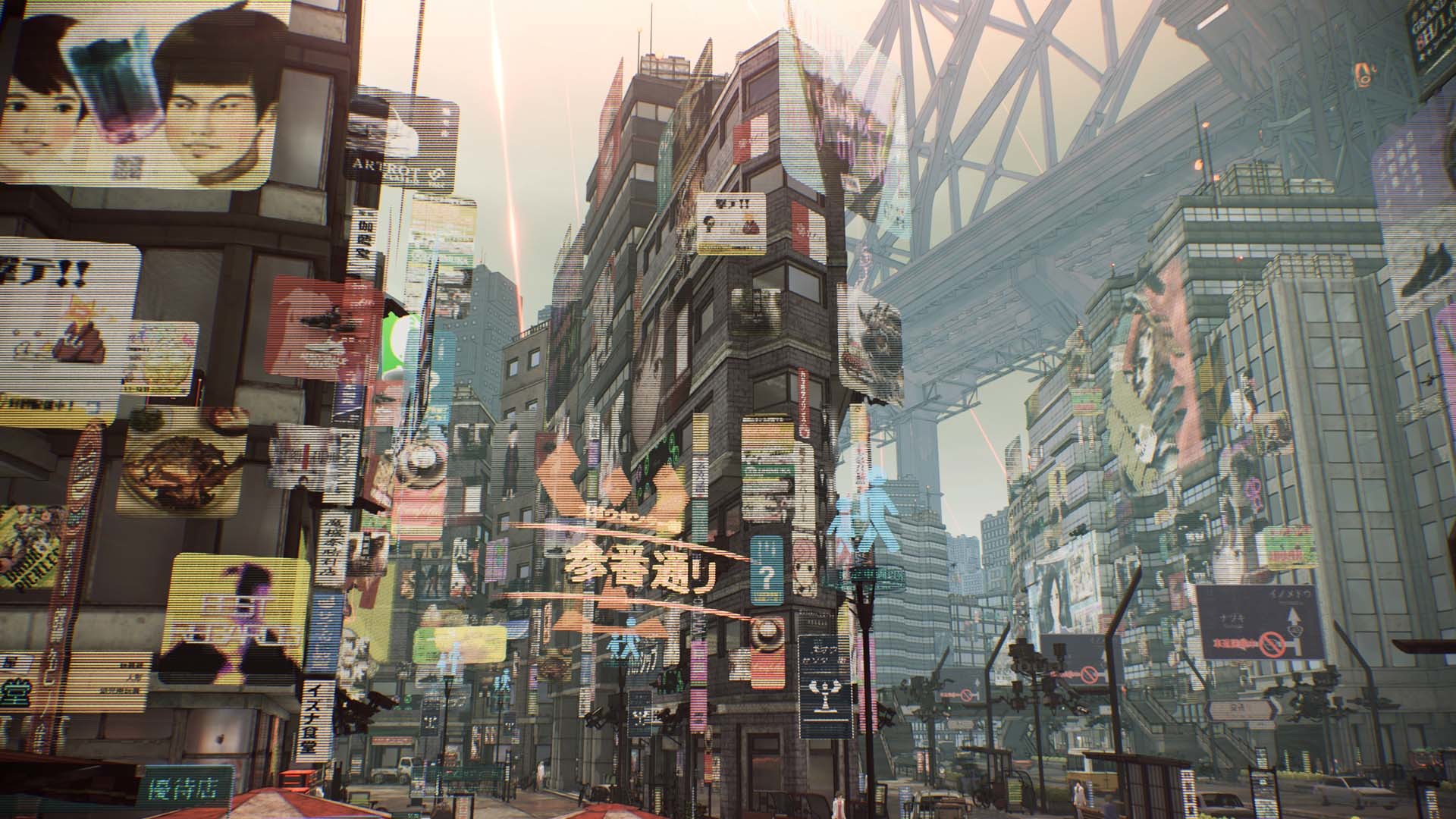
That isn’t to say that these locales aren’t well realized, Suoh City’s Ryujin Ward is plastered with holographic neon signboards, and Kunad Highway’s cherry blossom-clad surroundings are always a sight to behold, but it makes areas like the Abandoned Subway and Kikuchiba’s Construction Site stand out like a sore thumb. Performance wise, though, the game runs like a dream on the PS5 no matter how much chaos is on-screen, and during my time with the game I only ever experienced one technical issue when the game froze up.

